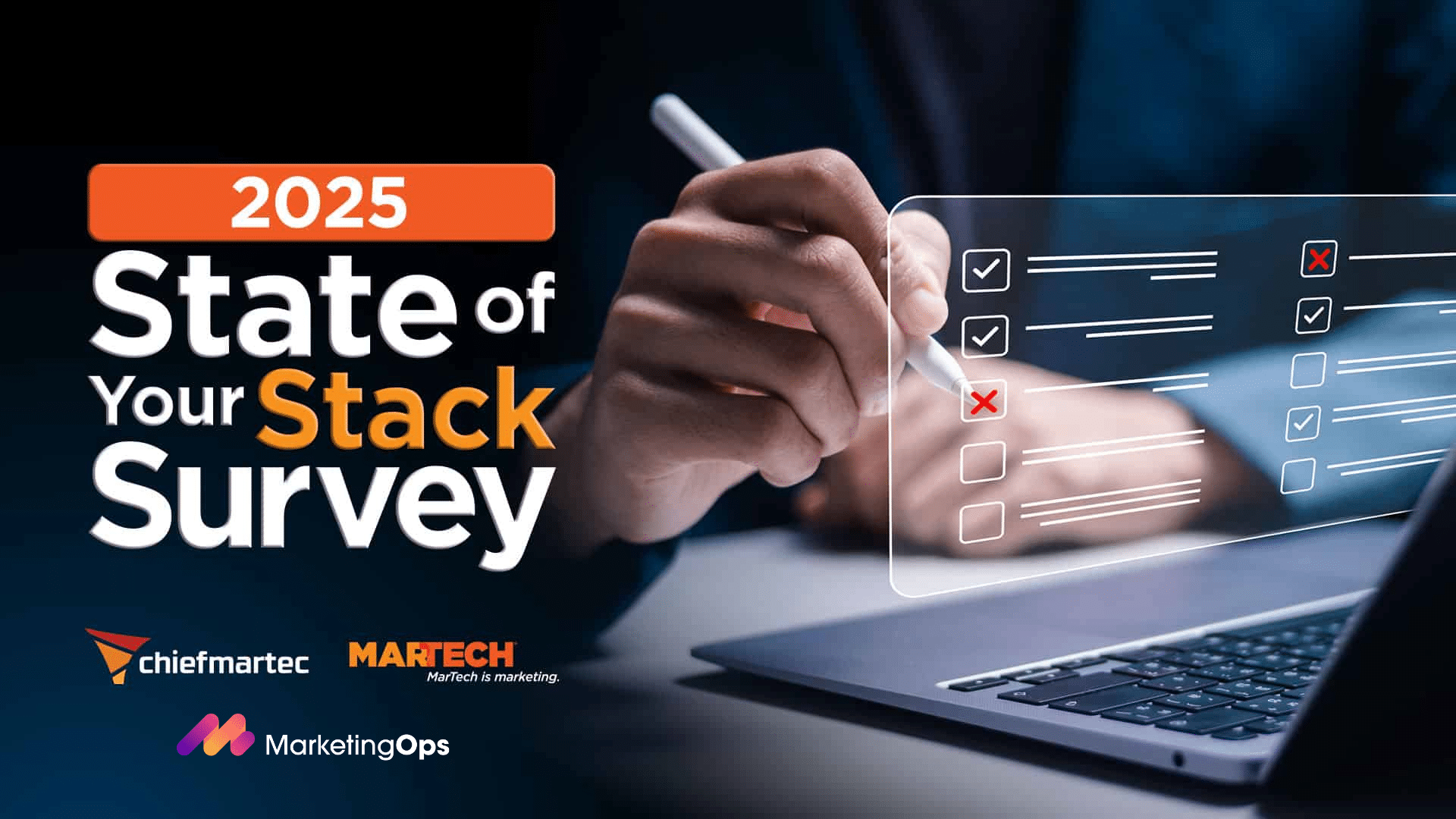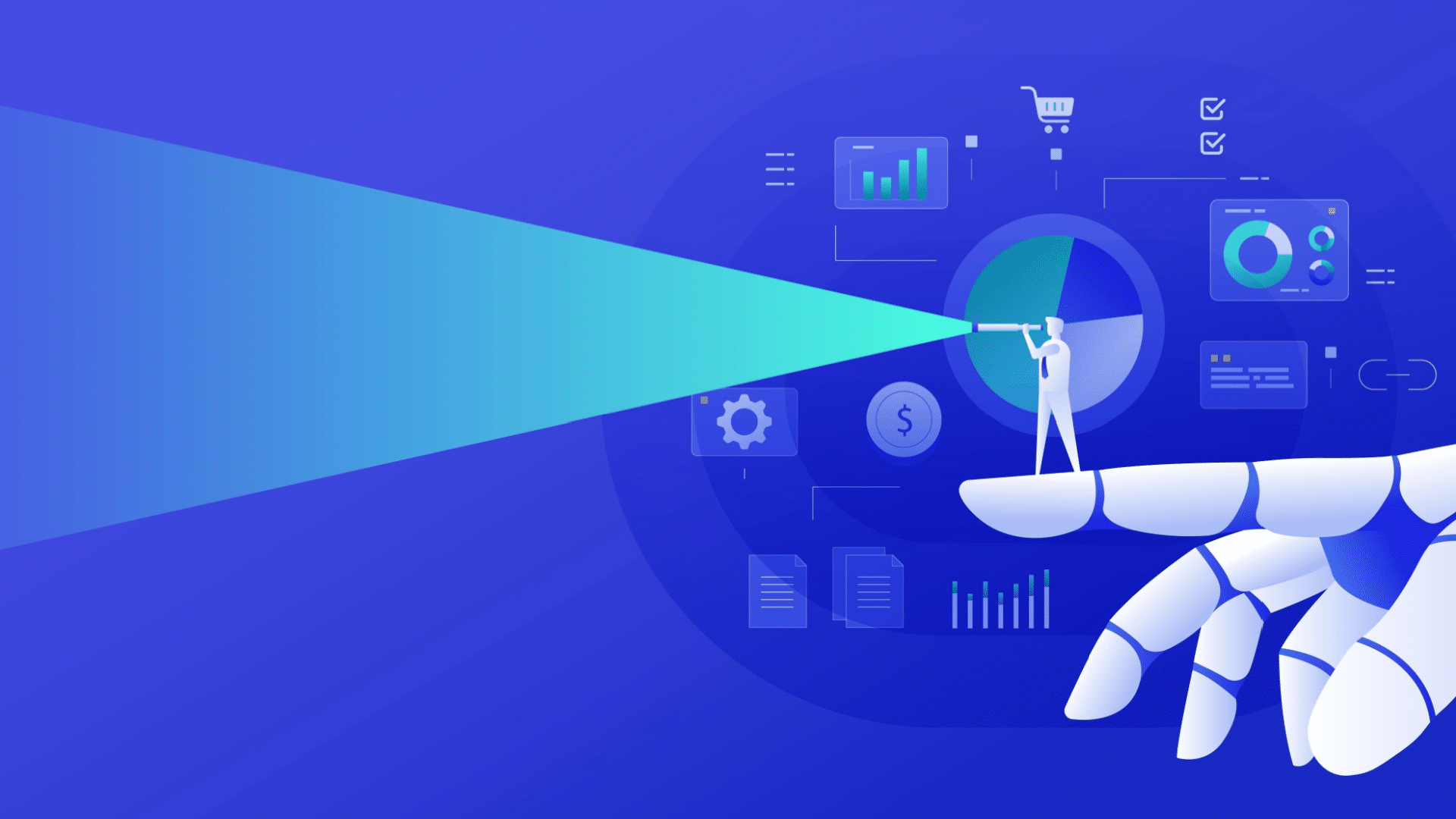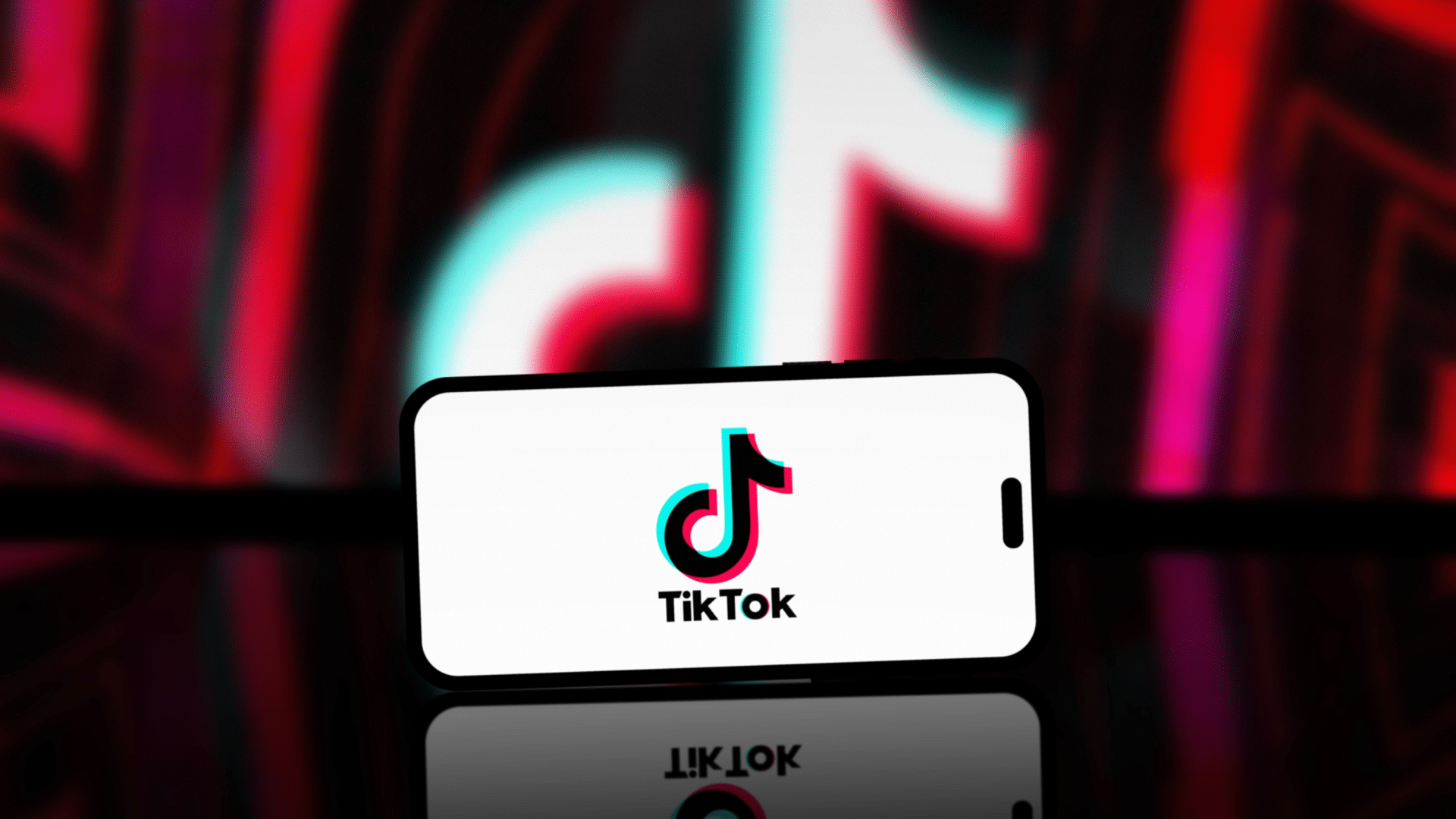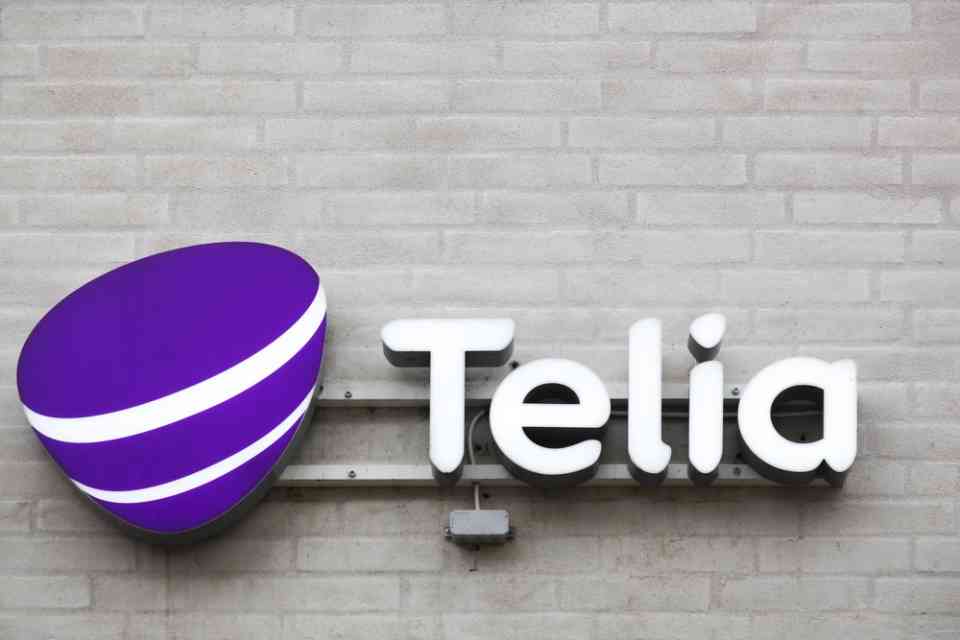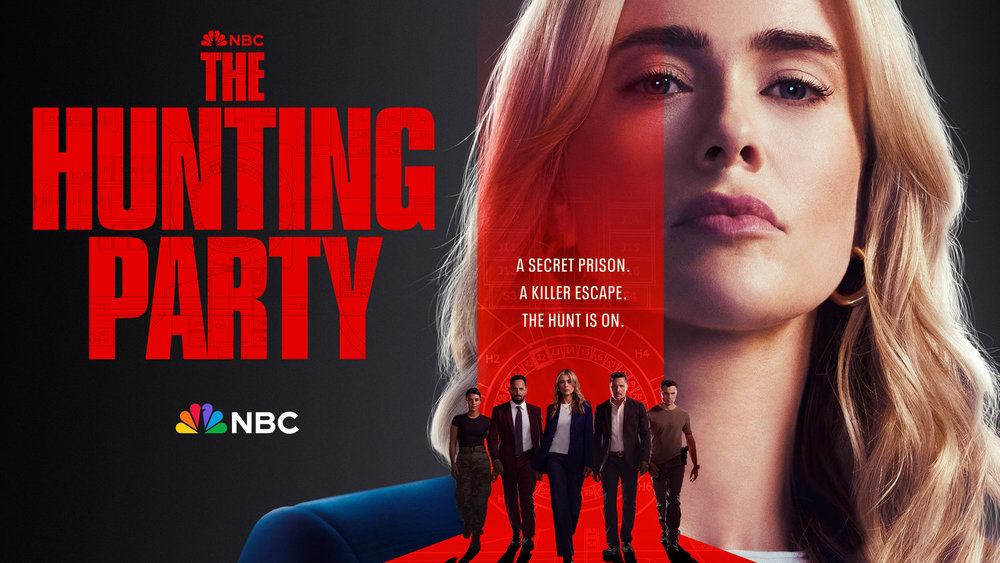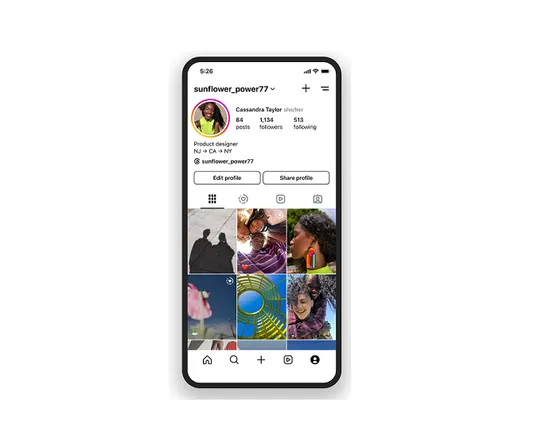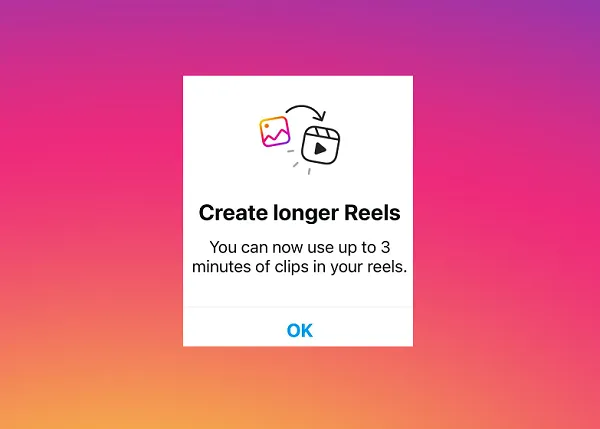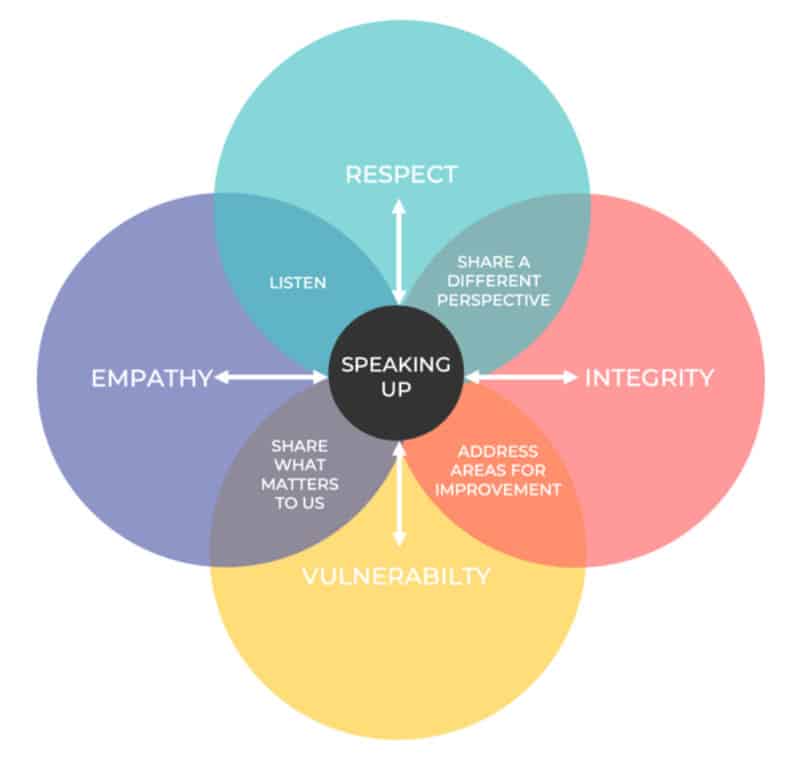In today’s complicated and challenging work environments, leaders find themselves caught in a dilemma of unprecedented expectations. They are under enormous pressure to be transparent and open, demonstrate vulnerability, and encourage creativity while empathizing with the needs of their employees. This is already a formidable task, especially when you consider that they are also being tasked with focusing on critical thinking, relying upon data to make critical decisions, getting things done faster, and meeting a bar that competitors and shareholders are constantly raising.
How do leaders get everyone fully engaged in delivering results when they can’t balance their hearts and minds, and the workforce feels it has already reached its limit? No matter how hard we work, we feel like we are running out of capacity. It’s not just how we feel; our experience is a reality. We aren’t simply imagining that the world is picking up speed. Scientific studies indicate that data and technology are rapidly changing, so our brains can’t keep up.
Professors Roger Bohn and James Short from the University of California have measured the amount of data that enters the brain and found that an average person living today processes as much as 74 GB of information a day—the equivalent of watching sixteen films—through television, computers, cell phones, tablets, and many other gadgets. This is increasing at a rate of 5% each year. When there is such a high volume of information to process, our brains go into overdrive and spread ourselves too thin. We move into a state of feeling overwhelmed, which leads to disconnection.
We Need More than the Power of Our Heads
Our first power is our Head. We have been trained to use our intellect and make rational choices. Using the head has given us great capacity to translate our visions into reality. Still, with the world accelerating, our brain’s rational or conscious side can only handle 40 to 50 bits of information per second. In contrast, the right side of the brain can process 11 million bits of information per second. How do we learn to tap into our whole brain to gain greater capacity? In today’s world, we can’t think our way through problems anymore; we need to feel our way or intuit our way through ambiguity.
Leaders often rely too heavily on their heads when running their organizations, at the expense of their and others’ hearts. The extra current of power is what they’ve been lacking to take their organizations to the next level and create a feeling of belonging. It’s not just in the workplace that emotional distance tend to generate disconnection. Societal loneliness is at an all-time high. According to a 2021 global survey from Statista, approximately one-third of adults feel lonely. This puts even more pressure on leaders to meet the emotional needs of their people.
Calling all hearts
Our second power is our heart, whereas integrating the heart at work can fill our lives with meaning and purpose. The heart connects us to our needs, desires, and values—and those of others—producing a wide range of potential feelings. The more emotions our hearts experience, the greater the opportunity for our capacity to navigate difficult people’s challenges and excel at being organizationally savvy. In David Brook’s Book How to Know a Person:, The Art of Seeing Others Deeply and Being Deeply Seen, he describes people as Diminishers or Illuminators. Diminishers make people feel small and unseen. They see other people as things to be used, not as individuals to befriend. On the other hand, illuminators have a persistent curiosity about other people. They have been trained or trained in a craft of connection and understanding others.
While working at Philips, I visited the CEO’s office to help him with a new HR tool. I was excited to have a few minutes to connect with him alone. He was friendly enough, but in the 15 minutes I was in his office, he never asked me one question, nor did he want to know anything about my experience at Phillips. I left the office a bit deflated. I realize now that I was hoping he was an Illuminator, but ultimately felt diminished and unimportant.
As a senior leader or even a CEO, you must ask yourself, even in your busy days, how are you showing up? Are you a Diminisher or an Illuminator? Do you take the time to slow down and connect and get curious about others, or do you focus on “getting the work done?” How are you role modelling these Illuminator behaviors in your everyday interactions? Do you encourage your leaders to do the same?
When we get curious, listen to others’ challenges, and ask thought-provoking questions, we bring out the best in others and help them find solutions. Imagine what it would be like to build a culture where illuminators were present from the bottom of the organization to the top. Difficult people and business challenges would be resolved more readily with more significant impact, while everyone would feel valued and a true sense of belonging.
Ingredients for Authentic Connection
If we want to connect with others genuinely, we need to listen deeply, give people our entire presence, and be curious by asking questions. The foundation for genuine connection requires the following:
- Respect- For yourself and others—hold others in esteem and honor every aspect of the person (values, opinions, and ways of thinking). Respect forms the basis of trust.
- Empathy – Senses what another thinks, feels, and needs and can demonstrate relatability, humaneness, and compassion—hold space for their feelings and experience.
- Integrity- The ability to stand in your truth and share our whole selves with others without harsh words—our words and actions are aligned.
- Vulnerability-Letting our guard down to reveal our genuine underlying emotions, which often includes fear—a willingness to reveal weaknesses.
Intuition Changes the Game
The last power is the gut or intuition. The gut is our highest form of intelligence and symbolizes the root of deep and powerful insight. Today, it refers to our greatest tool that connects us to our hearts and helps us hear our inner wisdom. It allows us to integrate our five senses, step beyond them, and move through time, and intuition opens doors for us to glimpse into future unknown pathways. Intuition involves a sense of knowing without knowing how one knows.
The intuitive area of our brain often knows the correct answer to a problem long before the analytical part. Data can be extremely useful for decision-making, but many leaders use it as a crutch or excuse to procrastinate, overthink, or say no and avoid taking a risk. If they listen to their gut—even if it contradicts the data—they will make faster, more effective decisions, usually with incredible upsides. In one study involving three dozen top CEOs, 85 percent confirmed that intuition—in the form of rules of thumb—was central to their decision-making process.
We want to use the Head, Heart, and Gut in full integration to give ourselves and others more capacity. It’s more than just switching between the powers but accessing them all within a single moment, so we have greater capacity to achieve our personal and professional goals.
Add CEOWORLD magazine to your Google News feed.
Follow CEOWORLD magazine headlines on: Google News, LinkedIn, Twitter, and Facebook.
Thank you for supporting our journalism. Subscribe here.
For media queries, please contact: info@ceoworld.biz













